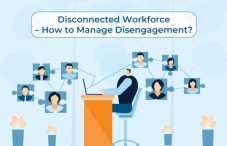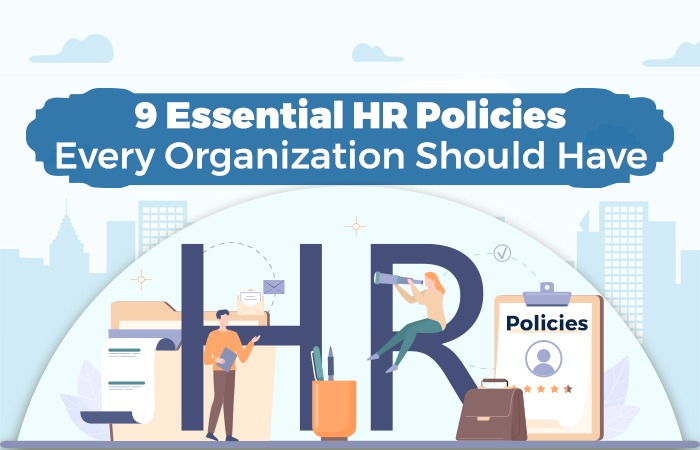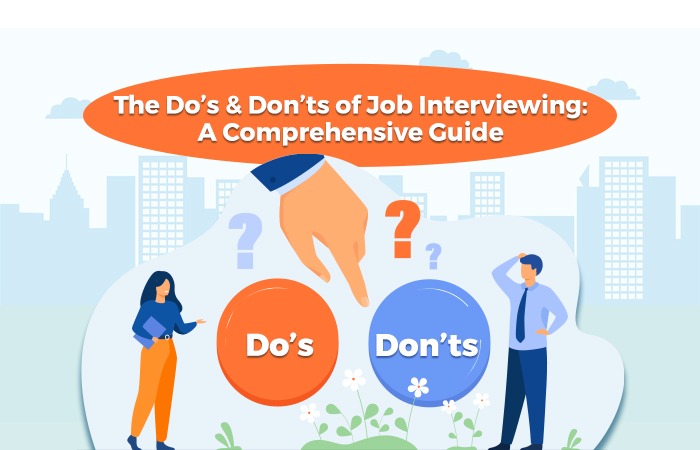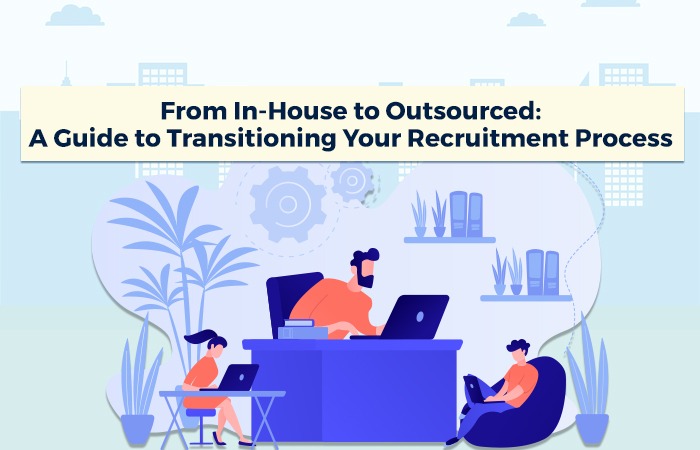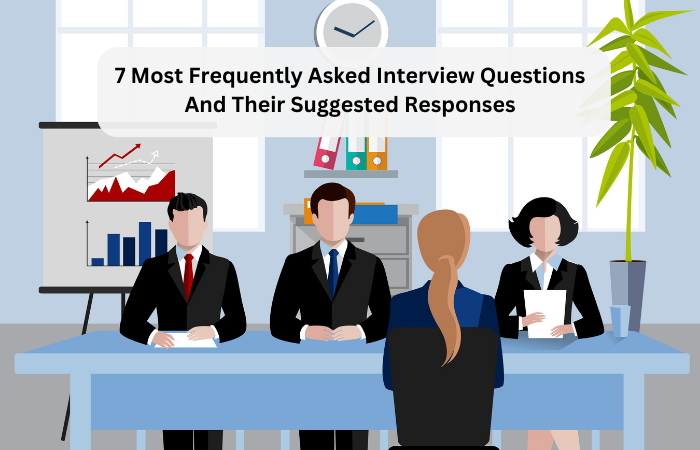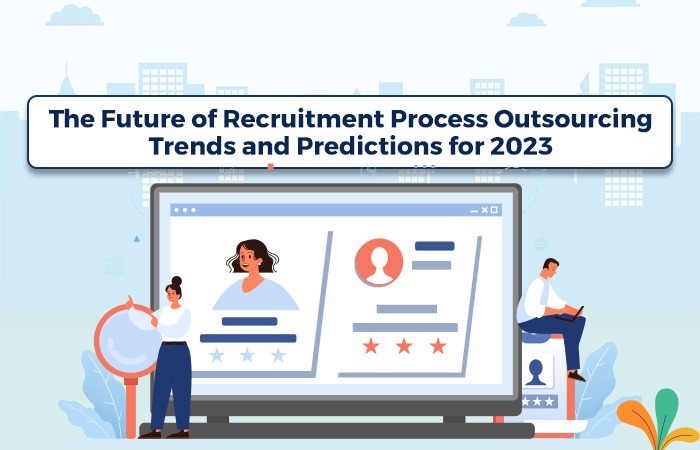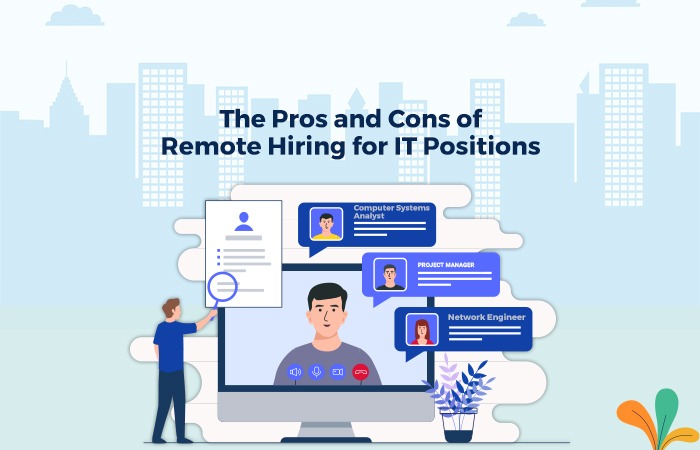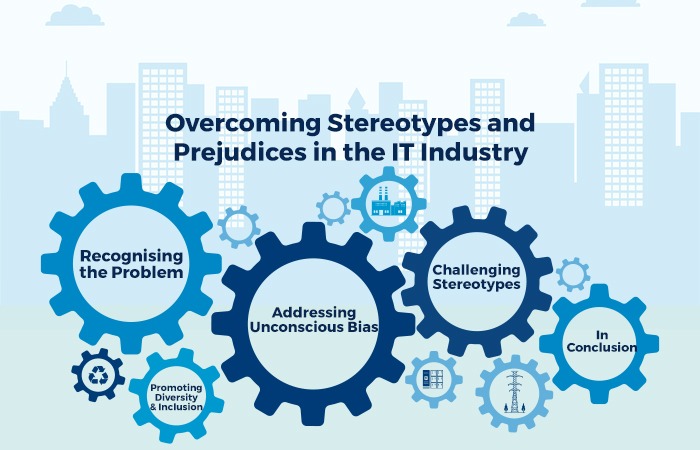Today, HR leaders and Business managers, irrespective of the industry and size of business, feel that it is becoming increasingly challenging to connect with people in the organisation. Remote working triggered by the pandemic has only complicated the situation further.
But why is it important to have a connected workforce?
Well-connected workforce means the employees are well connected with each other and are also in sync with the company’s vision, mission & values.
A recent survey shows that a connected workforce leads to a 17% increase in productivity, a 21% increase in profitability, and a 40% reduction in employee turnover.
Irrespective of where they are working from, remotely or office building, employees who feel isolated and disconnected from the business and its goals & objectives, are likely to feel disengaged and demotivated, affecting the productivity and efficiency at work.
So how do we build a connected workforce in the current environment where we have dispersed & diverse teams?
Let us look at some of the possible ways in which companies can manage disengagement and build a more connected workforce.
- Use technology to stay connected
Technology has made it possible to stay connected 24/7. But to stay connected with the team and feel a sense of belonging to the organisation, it needs more than just providing a technological platform.
Communication and video conferencing tools help dispersed teams work seamlessly. Project & work management tools help teams stay aligned and work efficiently. These are the basic must-haves that a hybrid workplace needs to invest in.
With over 80% workforce now deskless, it is now important to focus on moving to smartphones or mobiles. Companies need to make their workforce mobile by allowing their employees to perform their tasks irrespective of the device used.
Furthermore, it can be very frustrating to sign into multiple tools to perform their tasks and also lead to duplication or disintegrated and non-synchronous data. Hence, to ensure that all the employees have equal access to all the tools, information and data, integrating all the software and tools is important.
- Recognise the good work
One of the most important reasons why employees feel demotivated and disconnected is due to a lack of recognition for the work they are doing. This is further heightened due to the higher proportion of Generation Z and millennials in the workforce working remotely. They do not want to wait till the end of the year for their appraisal to get feedback on their work.
Giving them regular feedback and recognition for work well done helps keep them motivated to do better every day.
Again, with the dispersed team working out of different locations, receiving feedback on the daily or weekly tasks and public recognition helps them feel respected, engaged and connected to the organisation.
- Open culture
One of the most important traits of any successful organisation is its open culture. A connected workplace thrives on an open culture, where employees, irrespective of the department or level, feel free to speak and share their thoughts. There is a proper flow of information and everyone is aligned to the company goals and objectives.
You can start by creating a community, online or physical, where employees feel free to share information, ideas and experiences. Not only does this foster a sense of belonging but also leads to great ideas and innovation.
With employees working remotely, it is more important than ever, that there is a channel for two-way communication, where employees right from top executives to the front-line workers can engage and feel connected.
These are just some of the ways, you can build a connected workplace. As you invest in technology, create opportunities for employees to share ideas, progress, and recognise achievements, big and small, you will see improvement in employee engagement and connection.
Every organisation has its success story concerning how they managed employee disengagement. Let us know what steps your company has taken to manage disconnection in your teams.

